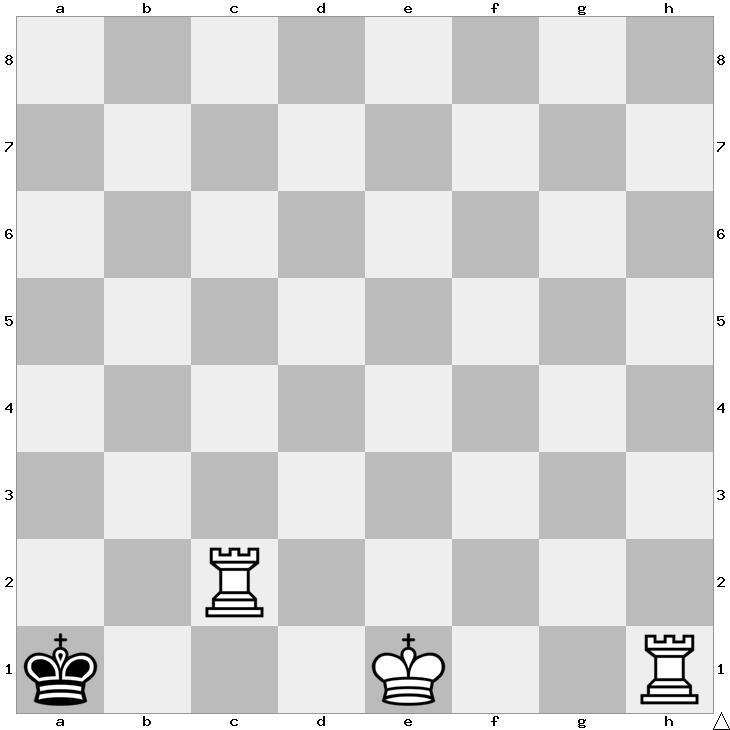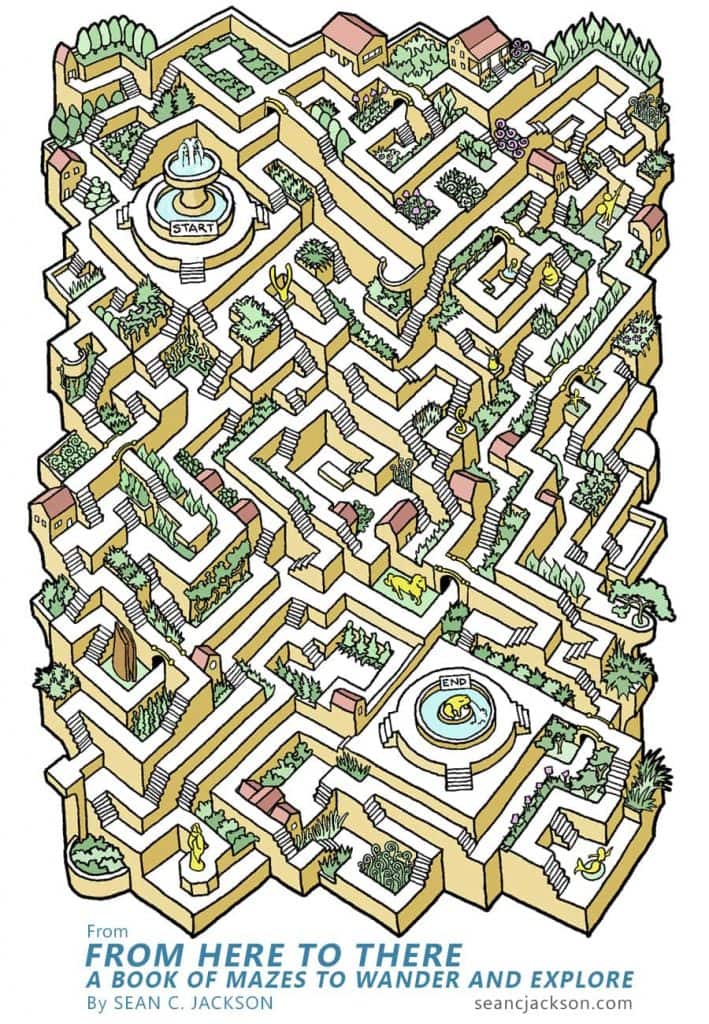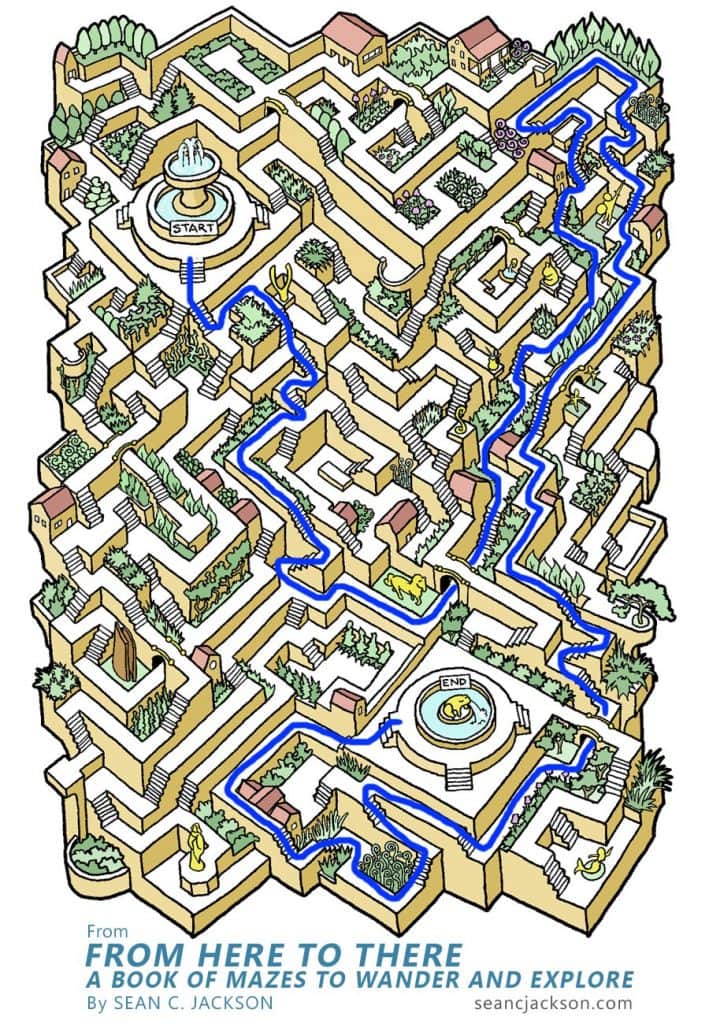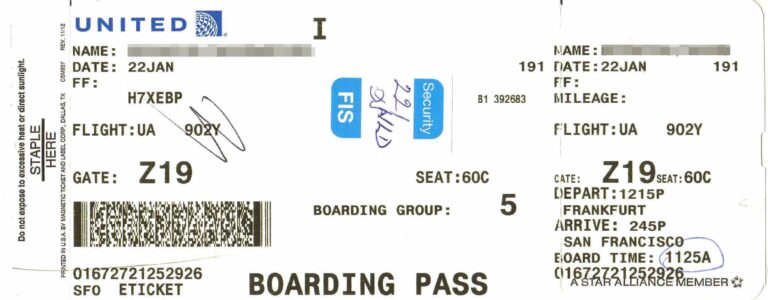Integers on a Chess Board
You are given an 8×8 chess-board, and in each of its cells
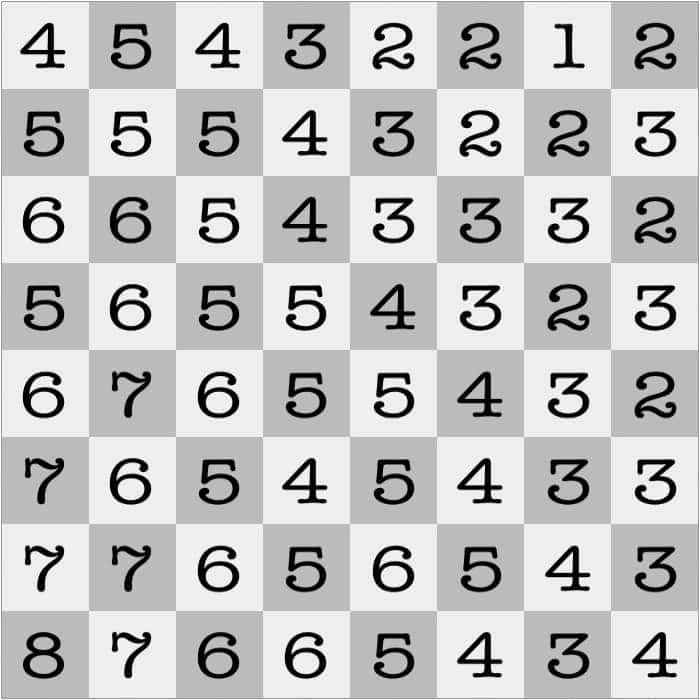
Consider the intervals spanned by the numbers in the first row, second row, third row, etc. If all of these intervals intersect each other, then there is a number, which appears in all of them. If not, there are two intervals, which are disjoint, and a number between them, which does not appear in the two rows. Now it is easy to see that this particular number will appear in every column.



